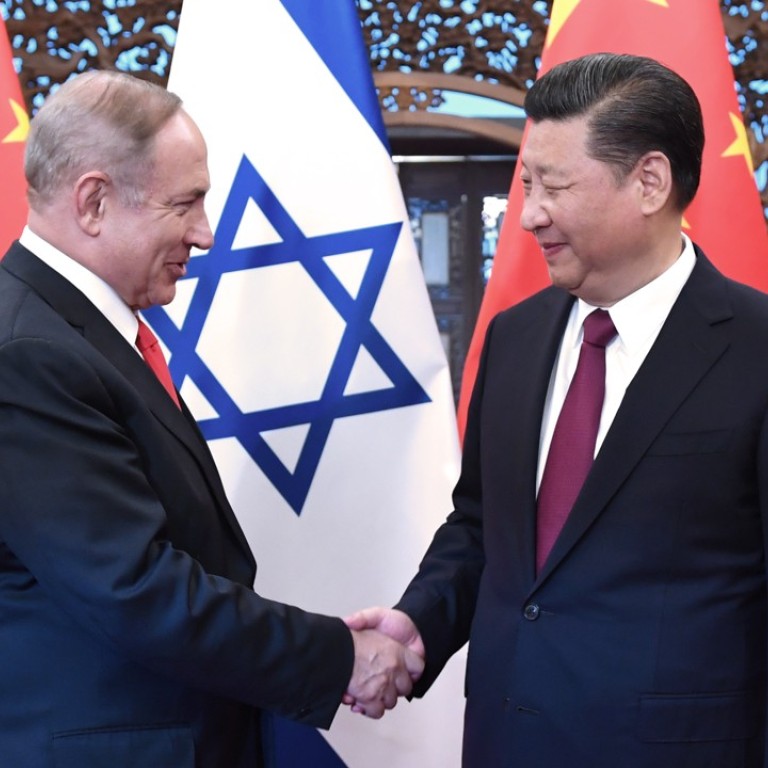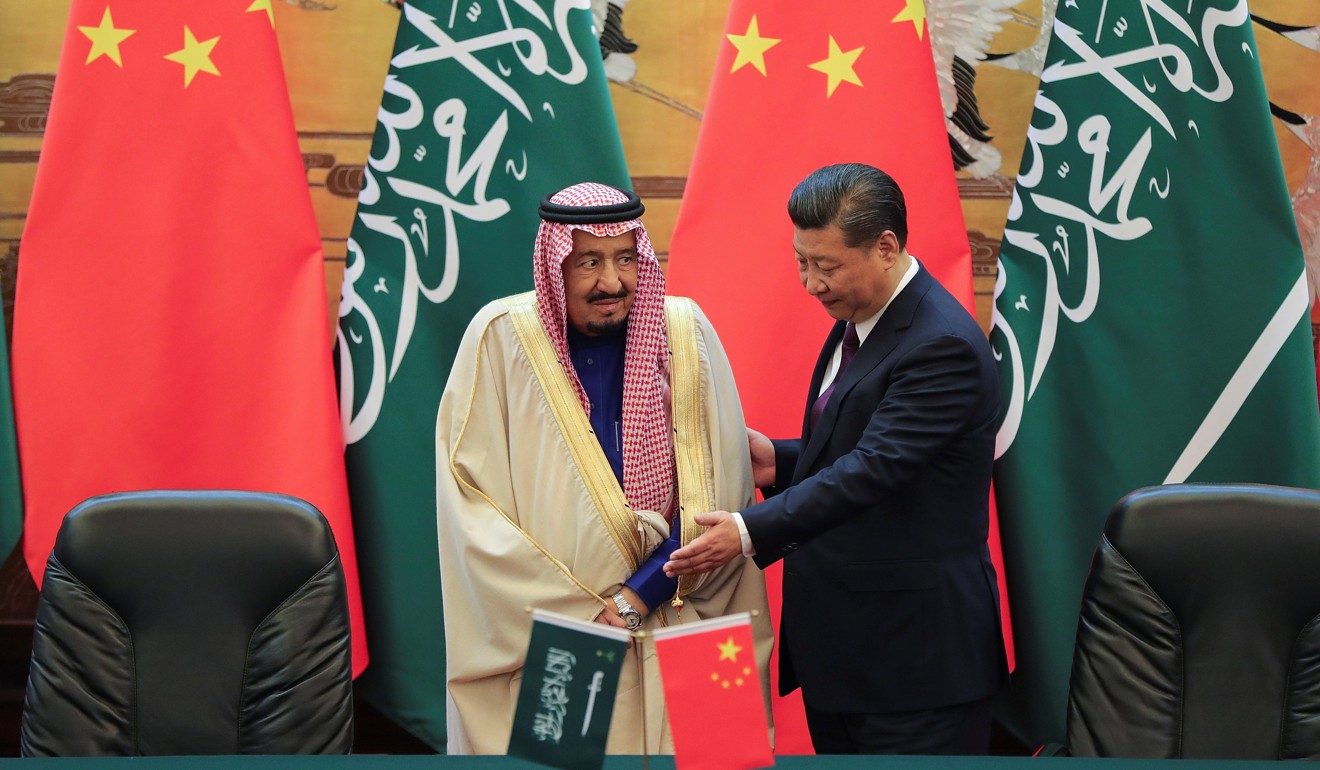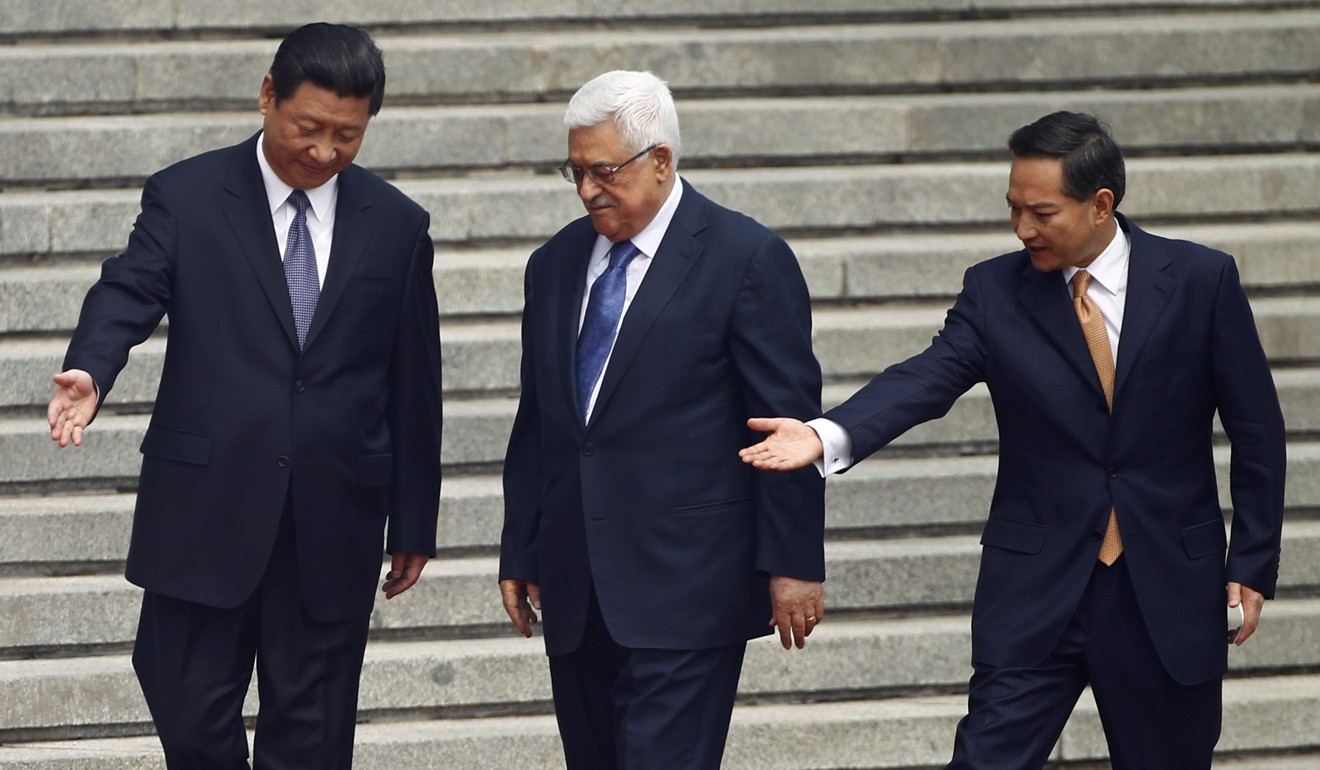
Opinion: ‘Belt and Road Initiative’ can help slowly heal divisions in the Middle East
The “Belt and Road” international trade initiative is bold, inspiring and potentially an engine for improving economic, political and security realities among the nations involved.
Credit is due to China’s President Xi Jinping and his government for launching the idea and their willingness to pursue it politically and financially. That is what all the political leaders in the Middle East will be saying at the summit on the initiative to be held later this month in Beijing.
They’re right, but there are deep problems and high hurdles on the road to implementing the initiative that should not be ignored.
The routes of the trade initiative cross areas of ethnic, political, religious and economic diversity and conflict and these are manifested more than anywhere else in the Middle East and the eastern Mediterranean . There are the Shia-Sunni conflicts underpinning Saudi Arabian political and economic rivalries and the war in Yemen. Syria and Iraq are involved in ethnic wars which threaten their long-term territorial and political integrity. There are also the Israeli-Palestinian conflict, the Turkish-Greek conflict in Cyprus and Lebanon having a Hezbollah state within a state. This is just a shortlist of some of the conflicts in the region.
The “Belt and Road Initiative”, even if it progresses successfully, cannot be the solution to these conflicts. It can, however, be a catalyst and be of significant added value towards solutions when peoples and states have the will to solve their conflicts. For that, China as the leading and convening power, has to drive and make the initiative concrete and secondly it has to broaden the political coalition behind this colossal project.

Bringing together the nations involved will begin at the summit in Beijing on May 14 and May 15, with many heads of states and key political personalities taking part.
Besides the Russian President Vladimir Putin attending, it would have been a significant breakthrough to see President Trump at this gathering. Although China has said it welcomes the US to participate in the initiative, it cannot be viewed as an official invitation to the American president and it may be too early anyway as the two states are just beginning their process to align their policies, mostly on trade, North Korea and the other major problems on the Asian side of the Pacific.

Notwithstanding the absence of the US, the “Belt and Road initiative” needs permanent bodies such as a consultative council, a secretariat and a procedural framework. It is essential to connect the initiative with the Asian Infrastructure Investment Bank. Thus it would be possible to scrutinise and prioritise various programmes and projects on a professional level.
Israel views the combination of both initiatives as a tremendous opportunity for integrating its economy regionally and providing a vehicle for sharing its know-how and experience in various fields. The “Belt and Road Initiative” will rely, for example, on a network of roads and railways. It will require communications and other services. These can function only through cooperation at a regional level. While it necessitates certain political conditions and cannot and should not a be substitute to political solutions, it creates a friendlier environment facilitating the arrival of these solutions to conflicts in the region.

A railway connecting ports in the Persian Gulf with the eastern shores of the Mediterranean, and similarly natural gas and oil pipes, will be strong incentives for governments linked by them to avoid violence. By the same token, while Israel on the one side and countries such as Iran or Pakistan on the other participate in deliberations and decisions in the context of the “Belt and Road Initiative” or the AIIB, it will not automatically or immediately remove these countries’ hostility towards Israel, but it may increase the chances for a gradual and mutual understanding. A steady and firm Chinese hand has already led Israel and Muslim states to become members of the AIIB, something that has not been accomplished by the Asian Development Bank.
Israel has gained a well of experience and technological knowledge in many issues relevant to countries along the various trade routes. These include water treatment and irrigation, desertification and the production of certain foods (dairy ,for example). Israel is already cooperating in these and other fields with China and countries in Central Asia. A well defined and structured framework for the “Belt and Road Initiative”, functioning on the professional judgement of needs and the feasibility of solutions, certainly serves long-term political and economic goals .
Oded Eran is a veteran Israeli diplomat and a senior researcher at the Institute for National Studies at Tel Aviv University
